In film photography, the format of a film typically refers to its size. The most common format is 35 millimeter; followed by 120 film (6 centimeter), referred to as medium format; then 4 by 5 inches, known as large format; and finally, 8 by 10 inches, which is also referred to as large format.
The larger the format, the more complicated it is to shoot. Due to the size and potential variables of photographing with large format pieces of film (often referred to as “sheets”), calculating the camera’s settings or even simply focusing your lens can be processes. If you’re the adventurous type, you may even be inclined to try a foundational version of the 8-by-10 format called wet-plate photography, which requires photographers to make the film from scratch, adding even more layers of complication. Due to the difficulty of attaining an image in this fashion and the time it requires, few photographers shoot on wet plates. One of the only photographers in Honolulu still actively pursuing the elusive 8-by-10 wet plate format is Kenyatta Kelechi. Kelechi undertook the arduous responsibility of keeping wet-plate photography alive in Hawai‘i back in 2015, when his love of film photography drove him to seek even more obscure formats. Since then, he has used Collodion wet plates to photograph friends, family, and those he admires, along with several commercial projects through his company, Manachrome.
The process that Kelechi undergoes on each shoot is rigorous and time-sensitive. All the chemicals must be mixed and applied to a surface onsite, as the sensitivity of Collodion—the main ingredient in the process—can decay to the point of being unusable in as little as 20 minutes.
In an onsite darkroom, Kelechi must thoroughly clear his photographic surface—a sheet of glass—to prevent any dust or residue particles from interfering with the final image. Then he covers the glass in a mixture of iodides, bromides, ether, and alcohol before dipping it in silver nitrate, which makes the plate sensitive to light. Finally, he places the plate in a light-tight box.
After Kelechi has determined the proper settings for his camera and considered all variables—ranging from the amount of light on the subject to the amount of water vapor in the air—he attaches the box containing the plate to the camera and fires the camera, exposing the light-sensitive chemistry to the subject. After the exposure is complete, he carries the box back into the darkroom for development. The developer hardens the parts of the chemicals that weren’t exposed to quite as much light, which stick to the plate. When he rinses off the exposed parts, a positive image is revealed. (It’s a bit like drawing a shape on paper with glue, covering the paper with glitter, and then lifting the paper so that only the glitter stuck to the glue remains, revealing your shape.)
Kelechi is devoted to his craft not despite its difficulty but because of it. “With each mistake, I’ve learned,” he says. “By now, when problems come up, I’m able to troubleshoot them, and it’s those challenges that make it worthwhile.” Kelechi has a knack for fixing the problems you might not think of, like when clouds loom and the scene is darker than it’s supposed to be, in which case he adjusts his procedure accordingly.
Kelechi also uses his wet plates as a vessel to better understand and bond with his culture. “The mission of Manachrome is to photograph Native Hawaiians and Hawaiian practitioners,” he explains. “I wanted to do something meaningful in my 20s, and these plate photographs are something interesting that I can bring to the table; it gives me the opportunity to speak with these Native Hawaiians and practitioners and learn from them, while also protecting and preserving their image, which is important.”
The images Kelechi captures are stunning, irreplaceable, and hard-earned. While his subjects may have seen themselves on phone screens and paper printouts, nothing compares to seeing their images suddenly appear in their hands, according to Kelechi. “They’re never not amazed,” he says. “They’re never not smiling.”
Following a decade of decline that nearly ended with the permanent discontinuation of consumer films, there was a resurgence of emulsion-based photography of all sizes, speeds, and formats, with film producers, like Kodak Alaris and Harmon Technologies, reporting significant yearly growth.
Oddly enough, in addition to older-generation photographers who have remained loyal to film, those responsible for saving film from extinction are overwhelmingly of a younger demographic, ages 15 to 35—not necessarily old enough to remember when film was the standard in photography. However, they appreciate film’s distinct look and feel; or perhaps, much like individuals working to keep vinyl factories pressing their favorite records, they recognize the value in preserving and perpetuating endangered artistic mediums. That appreciation for the one-of-a-kind sensation that Kelechi, and all film dabblers, feel—the sensation of the tangible, real image—is what has, and what will, continue to keep film alive.
In film photography, the format of a film typically refers to its size. The most common format is 35 millimeter; followed by 120 film (6 centimeter), referred to as medium format; then 4 by 5 inches, known as large format; and finally, 8 by 10 inches, which is also referred to as large format.
The larger the format, the more complicated it is to shoot. Due to the size and potential variables of photographing with large format pieces of film (often referred to as “sheets”), calculating the camera’s settings or even simply focusing your lens can be processes. If you’re the adventurous type, you may even be inclined to try a foundational version of the 8-by-10 format called wet-plate photography, which requires photographers to make the film from scratch, adding even more layers of complication. Due to the difficulty of attaining an image in this fashion and the time it requires, few photographers shoot on wet plates. One of the only photographers in Honolulu still actively pursuing the elusive 8-by-10 wet plate format is Kenyatta Kelechi. Kelechi undertook the arduous responsibility of keeping wet-plate photography alive in Hawai‘i back in 2015, when his love of film photography drove him to seek even more obscure formats. Since then, he has used Collodion wet plates to photograph friends, family, and those he admires, along with several commercial projects through his company, Manachrome.
The process that Kelechi undergoes on each shoot is rigorous and time-sensitive. All the chemicals must be mixed and applied to a surface onsite, as the sensitivity of Collodion—the main ingredient in the process—can decay to the point of being unusable in as little as 20 minutes.
In an onsite darkroom, Kelechi must thoroughly clear his photographic surface—a sheet of glass—to prevent any dust or residue particles from interfering with the final image. Then he covers the glass in a mixture of iodides, bromides, ether, and alcohol before dipping it in silver nitrate, which makes the plate sensitive to light. Finally, he places the plate in a light-tight box.
After Kelechi has determined the proper settings for his camera and considered all variables—ranging from the amount of light on the subject to the amount of water vapor in the air—he attaches the box containing the plate to the camera and fires the camera, exposing the light-sensitive chemistry to the subject. After the exposure is complete, he carries the box back into the darkroom for development. The developer hardens the parts of the chemicals that weren’t exposed to quite as much light, which stick to the plate. When he rinses off the exposed parts, a positive image is revealed. (It’s a bit like drawing a shape on paper with glue, covering the paper with glitter, and then lifting the paper so that only the glitter stuck to the glue remains, revealing your shape.)
Kelechi is devoted to his craft not despite its difficulty but because of it. “With each mistake, I’ve learned,” he says. “By now, when problems come up, I’m able to troubleshoot them, and it’s those challenges that make it worthwhile.” Kelechi has a knack for fixing the problems you might not think of, like when clouds loom and the scene is darker than it’s supposed to be, in which case he adjusts his procedure accordingly.
Kelechi also uses his wet plates as a vessel to better understand and bond with his culture. “The mission of Manachrome is to photograph Native Hawaiians and Hawaiian practitioners,” he explains. “I wanted to do something meaningful in my 20s, and these plate photographs are something interesting that I can bring to the table; it gives me the opportunity to speak with these Native Hawaiians and practitioners and learn from them, while also protecting and preserving their image, which is important.”
The images Kelechi captures are stunning, irreplaceable, and hard-earned. While his subjects may have seen themselves on phone screens and paper printouts, nothing compares to seeing their images suddenly appear in their hands, according to Kelechi. “They’re never not amazed,” he says. “They’re never not smiling.”
Following a decade of decline that nearly ended with the permanent discontinuation of consumer films, there was a resurgence of emulsion-based photography of all sizes, speeds, and formats, with film producers, like Kodak Alaris and Harmon Technologies, reporting significant yearly growth.
Oddly enough, in addition to older-generation photographers who have remained loyal to film, those responsible for saving film from extinction are overwhelmingly of a younger demographic, ages 15 to 35—not necessarily old enough to remember when film was the standard in photography. However, they appreciate film’s distinct look and feel; or perhaps, much like individuals working to keep vinyl factories pressing their favorite records, they recognize the value in preserving and perpetuating endangered artistic mediums. That appreciation for the one-of-a-kind sensation that Kelechi, and all film dabblers, feel—the sensation of the tangible, real image—is what has, and what will, continue to keep film alive.
Kenyatta Kelechi, who operates the studio Manachrome, shoots his portraiture on one of the medium’s earliest forms. He is dedicated to capturing Native Hawaiians and cultural practitioners.
Kenyatta Kelechi, who operates the studio Manachrome, shoots his portraiture on one of the medium’s earliest forms. He is dedicated to capturing Native Hawaiians and cultural practitioners.
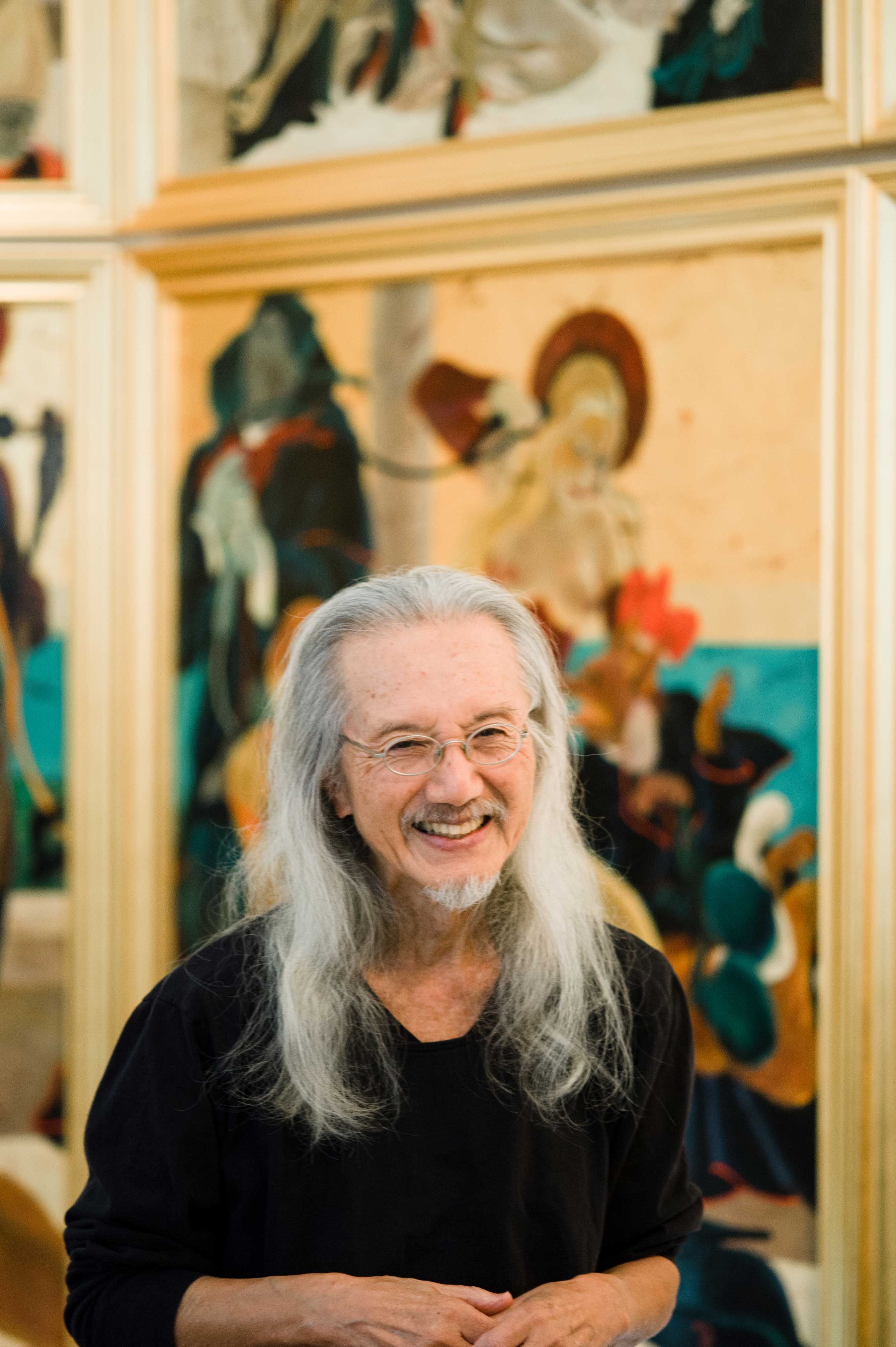
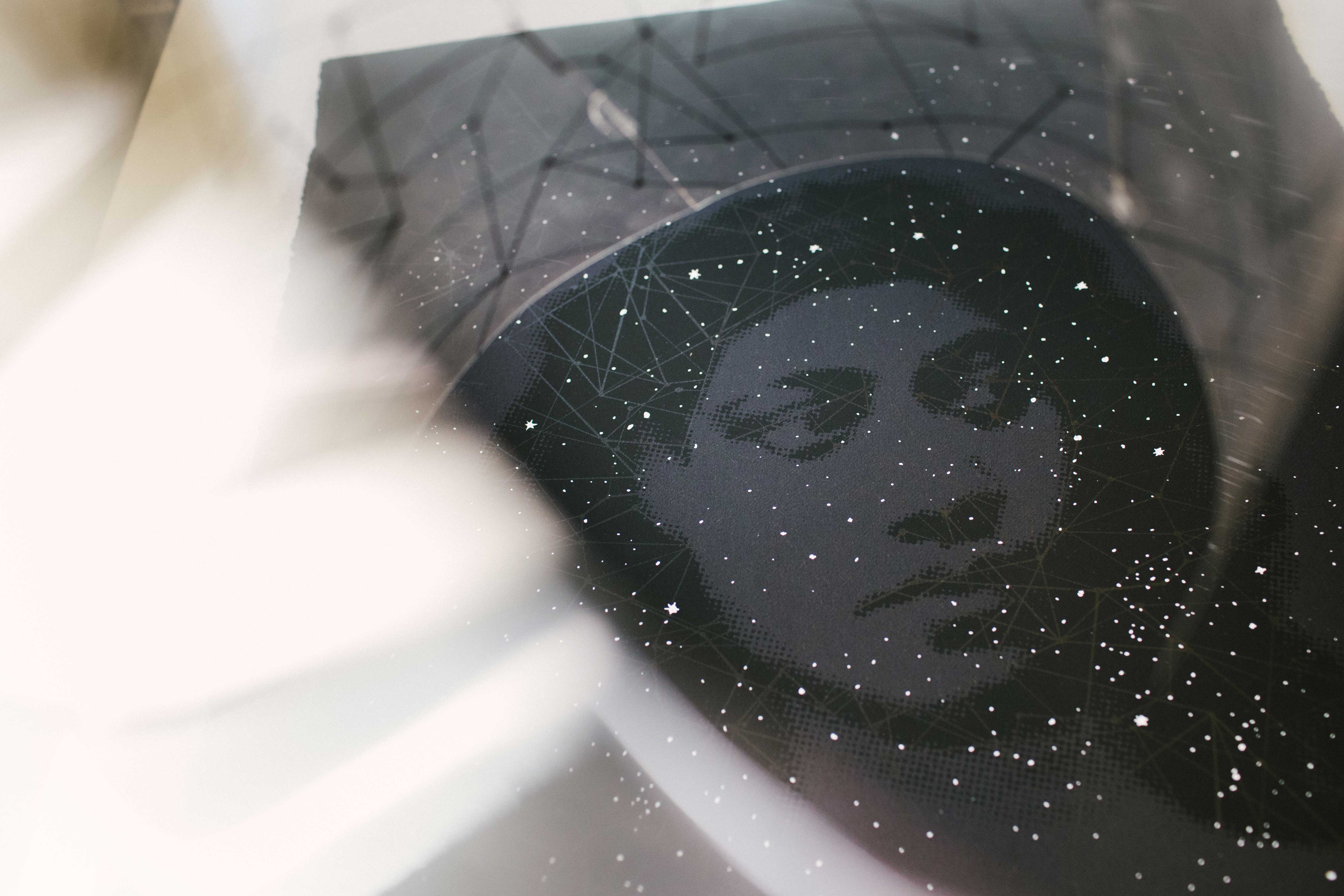

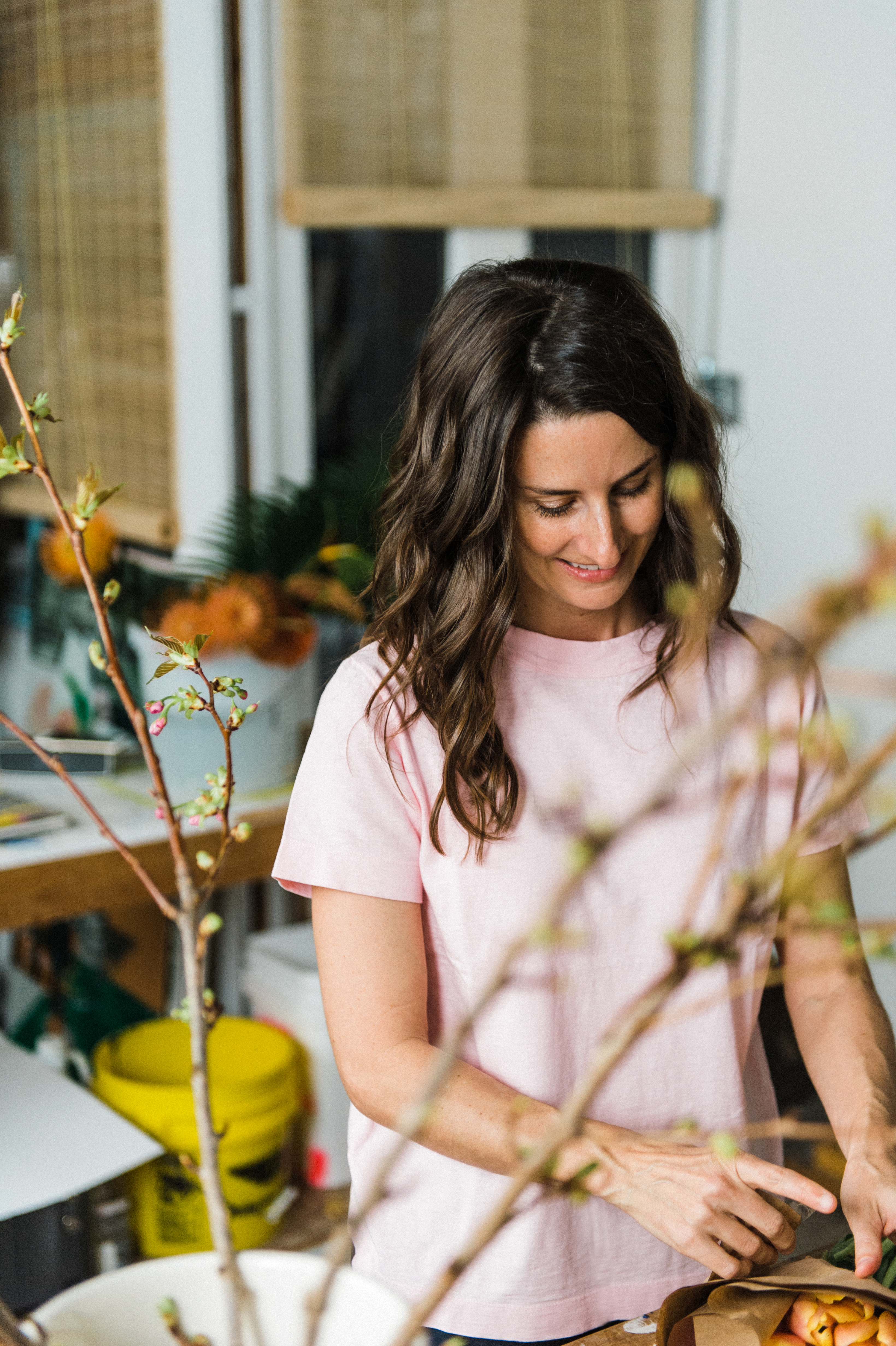
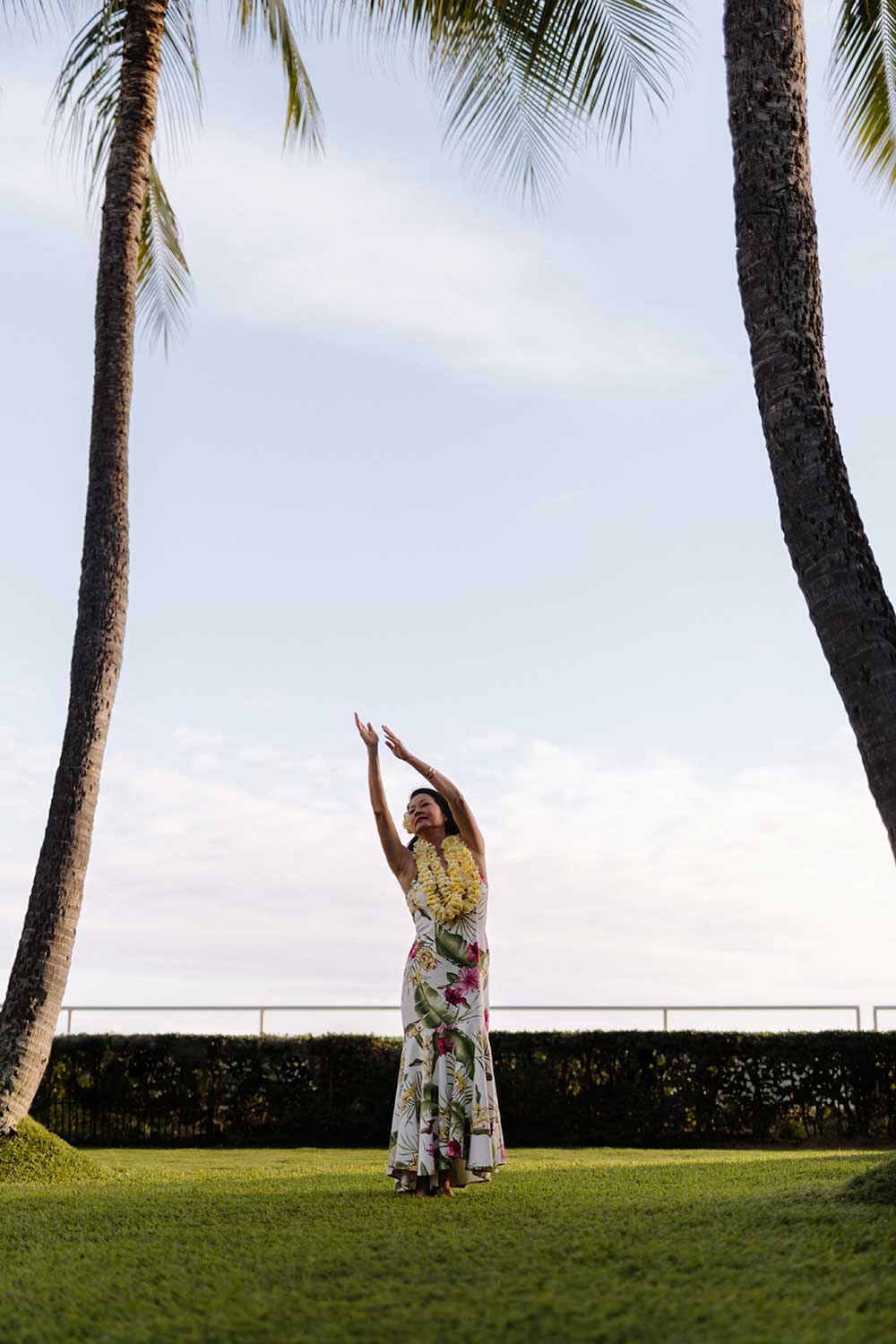
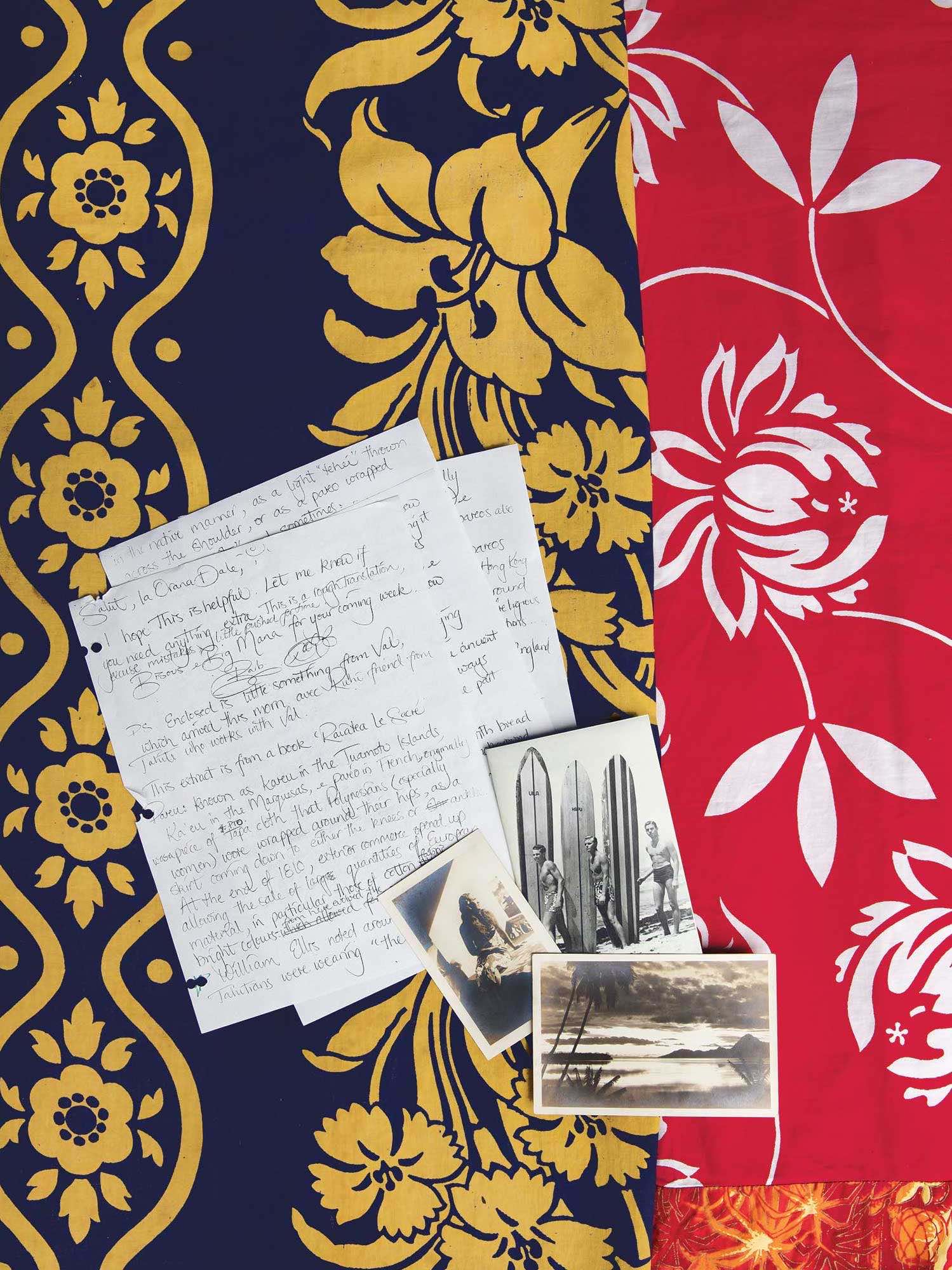
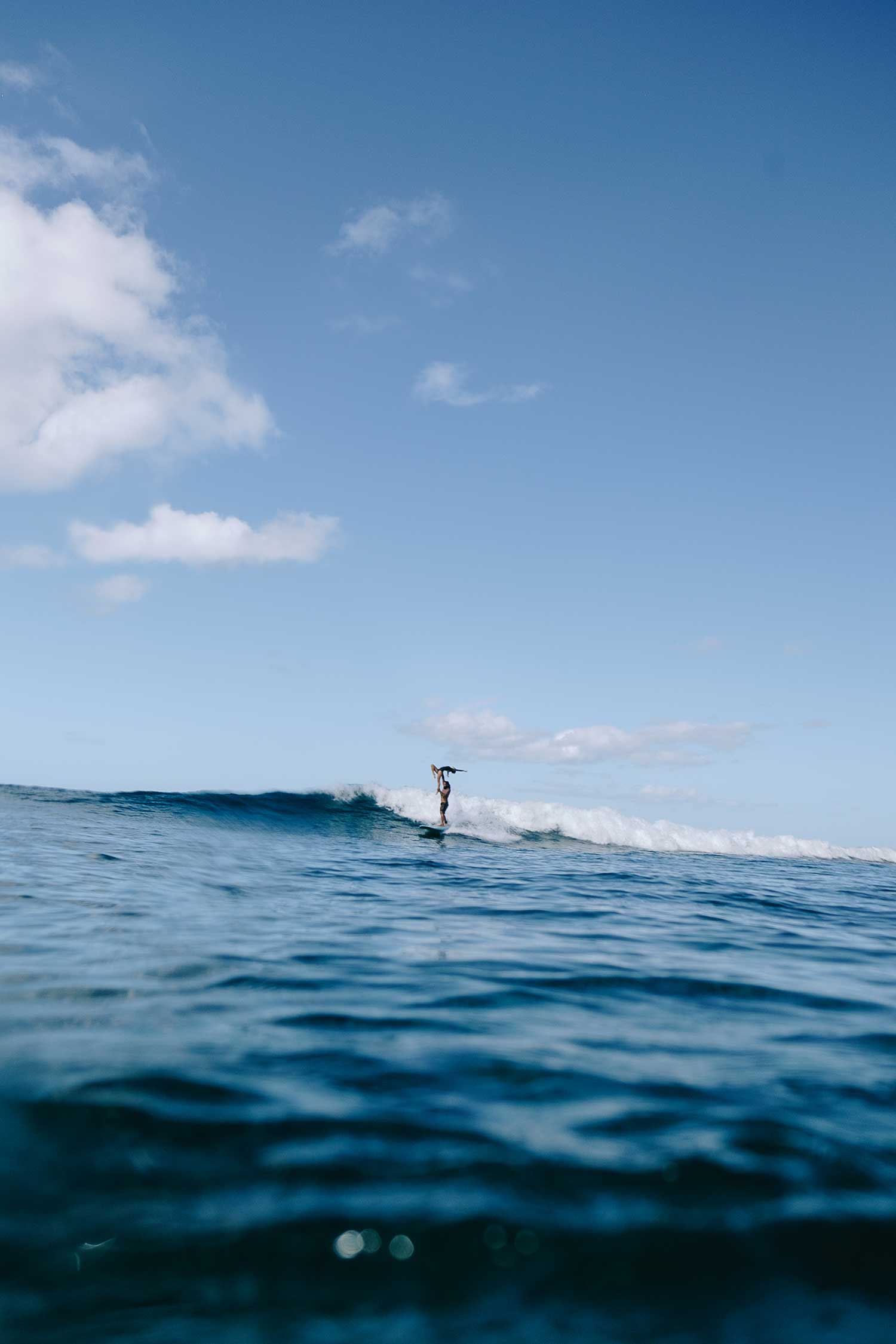
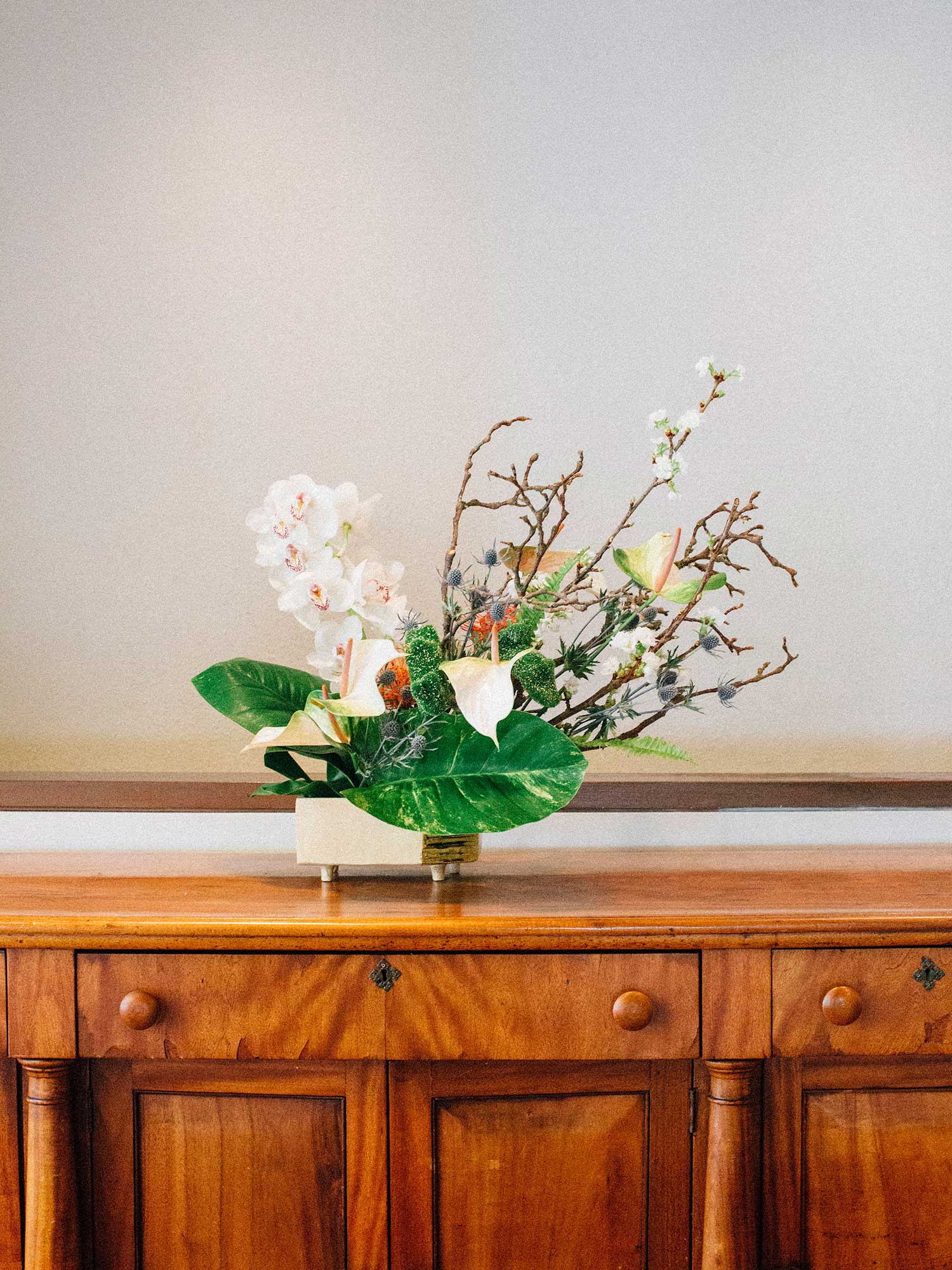
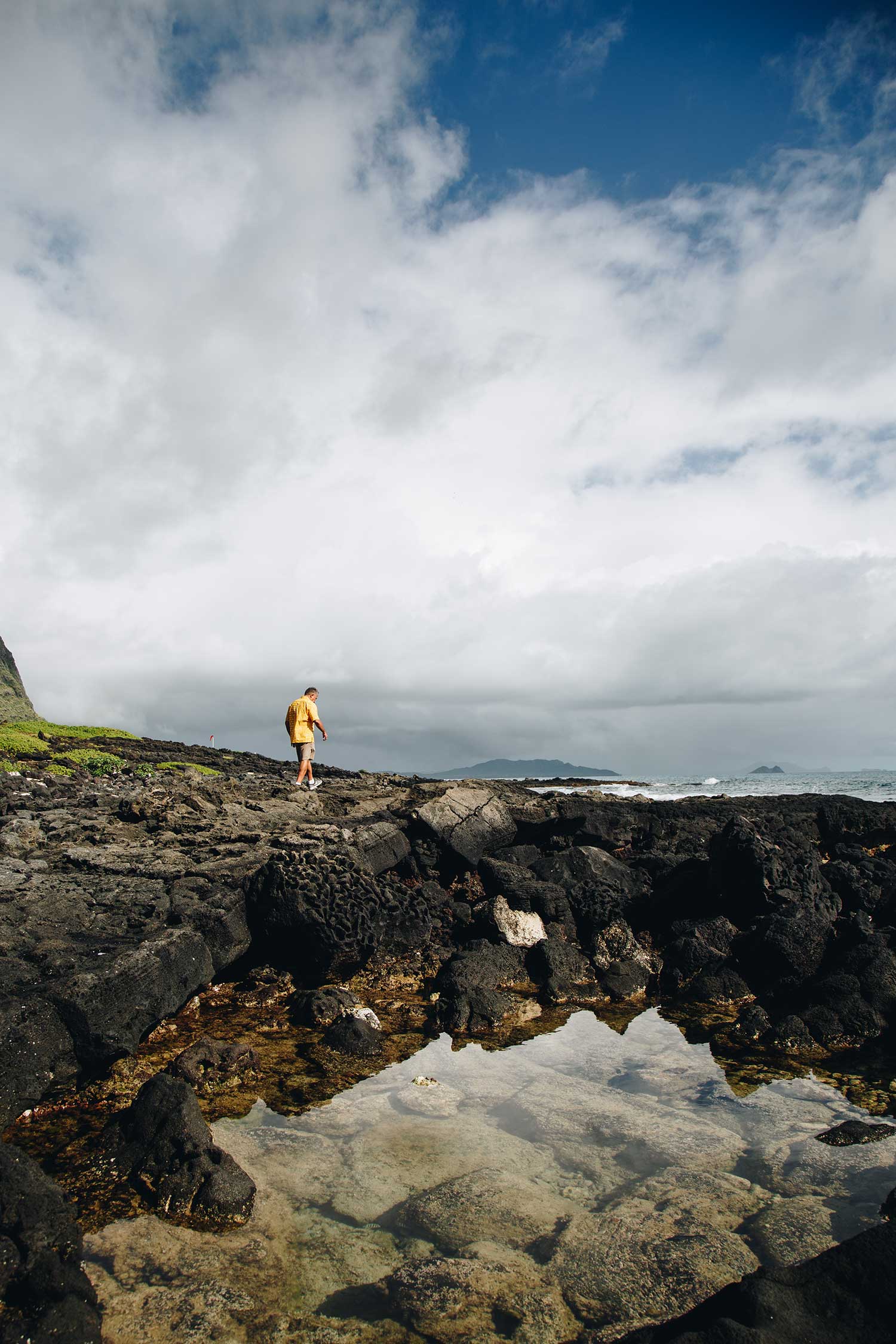
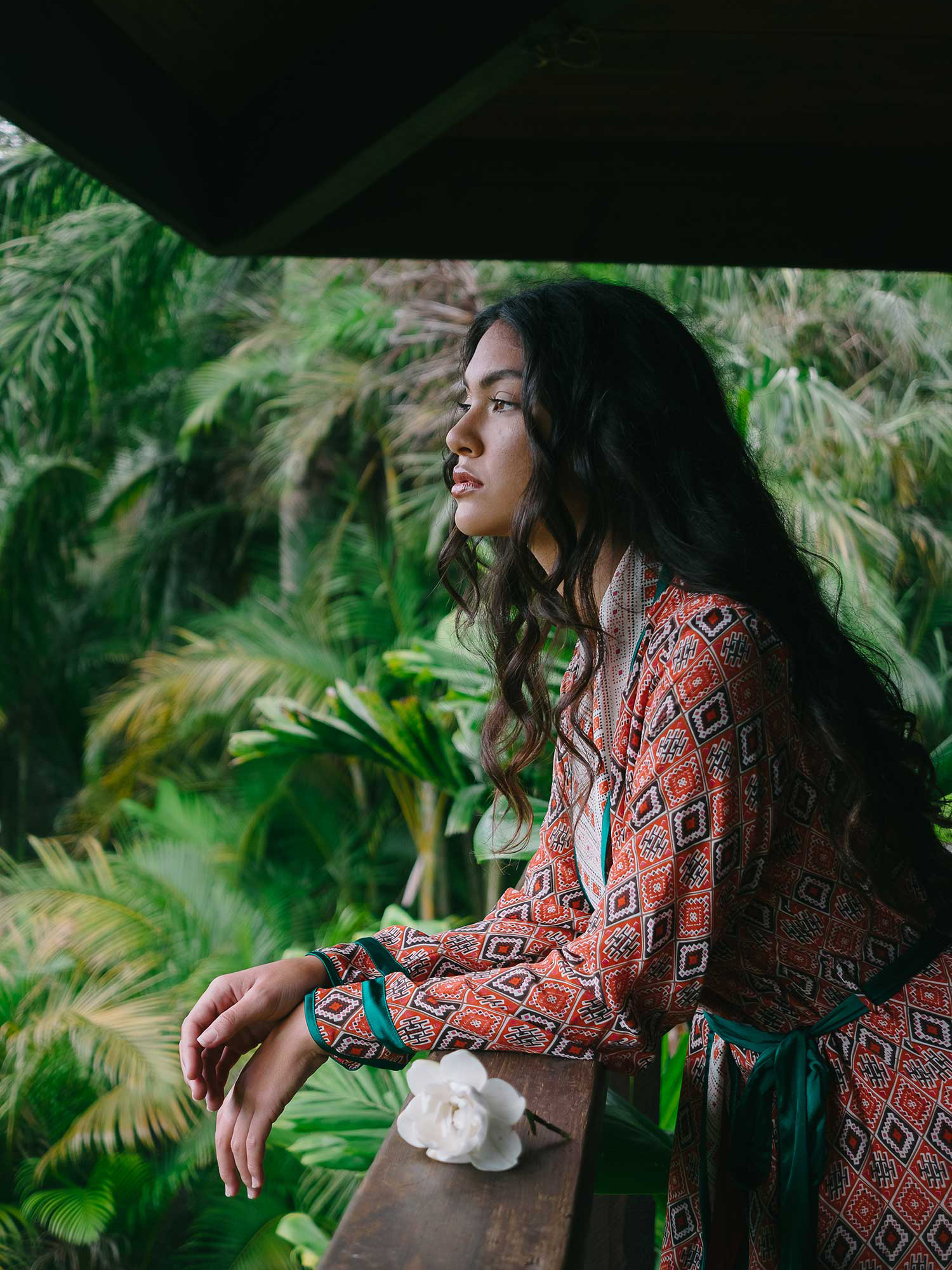
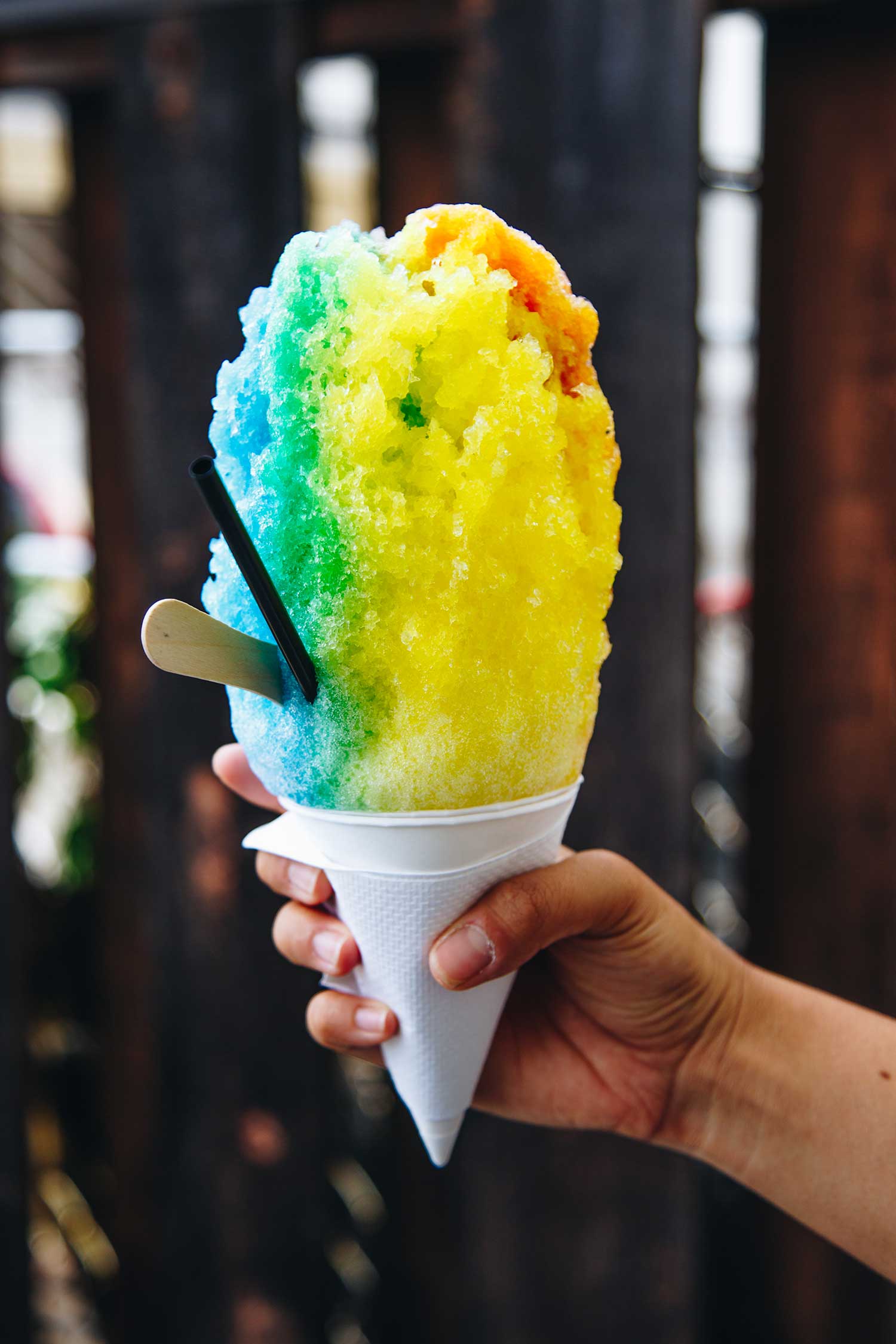
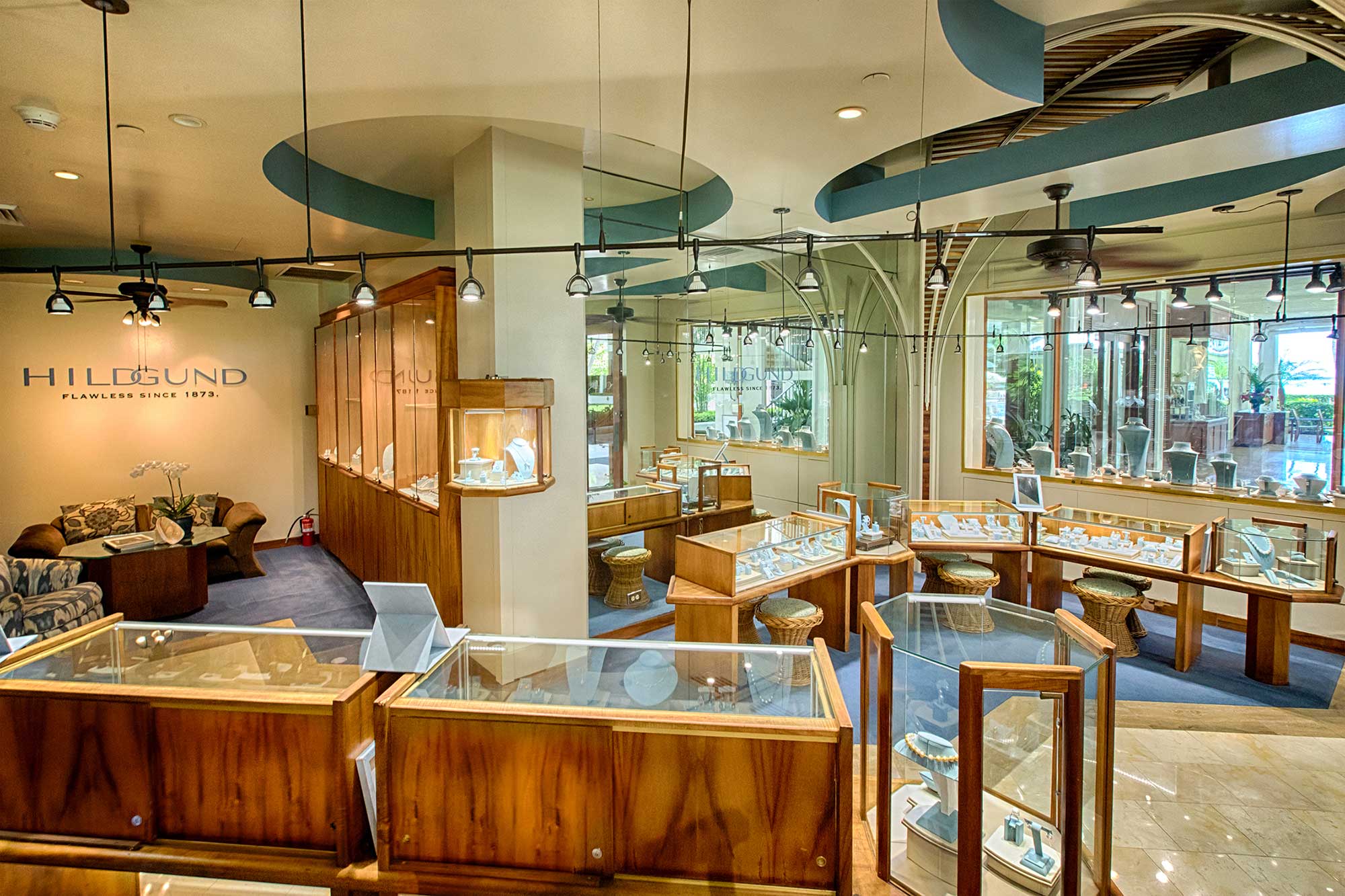
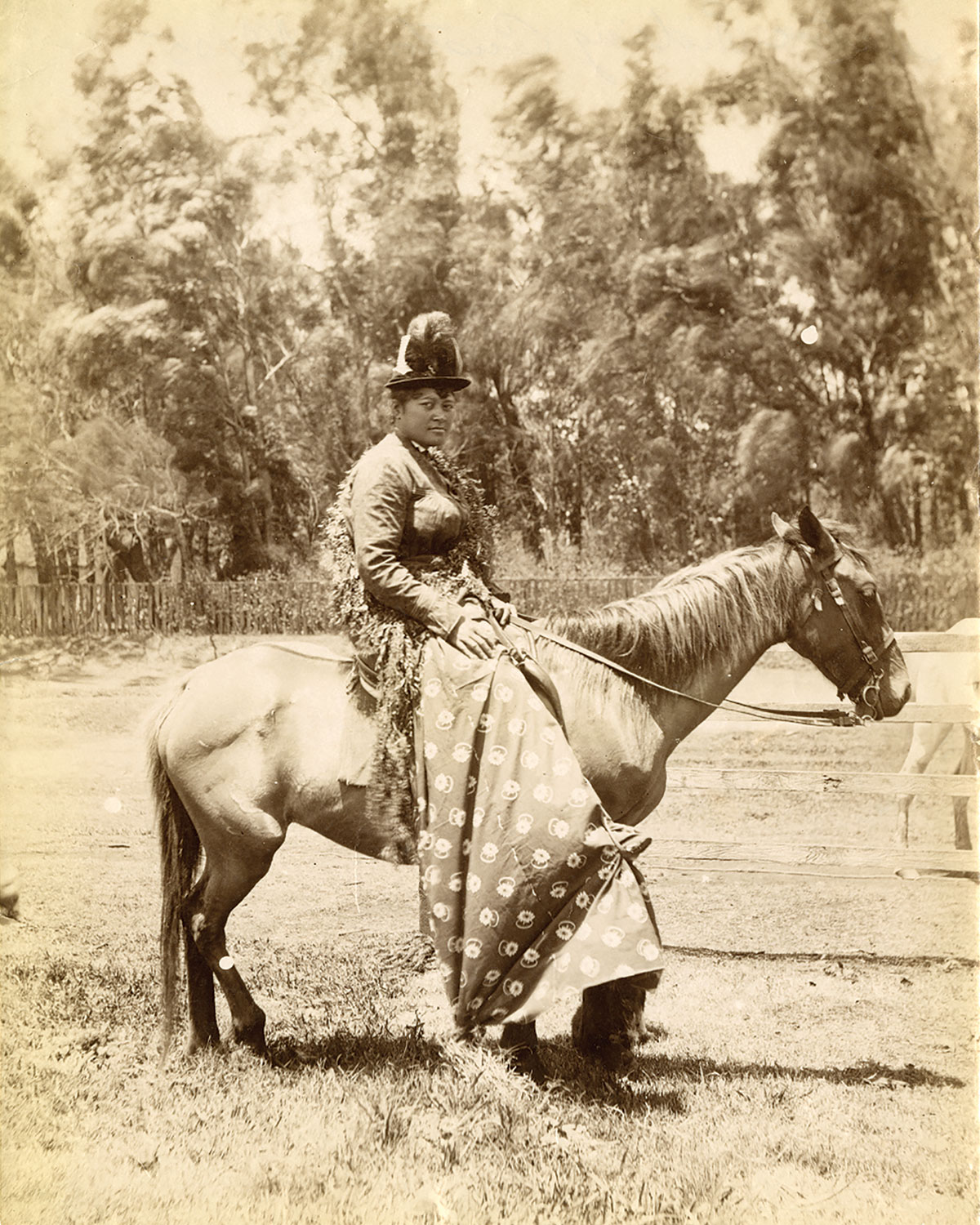
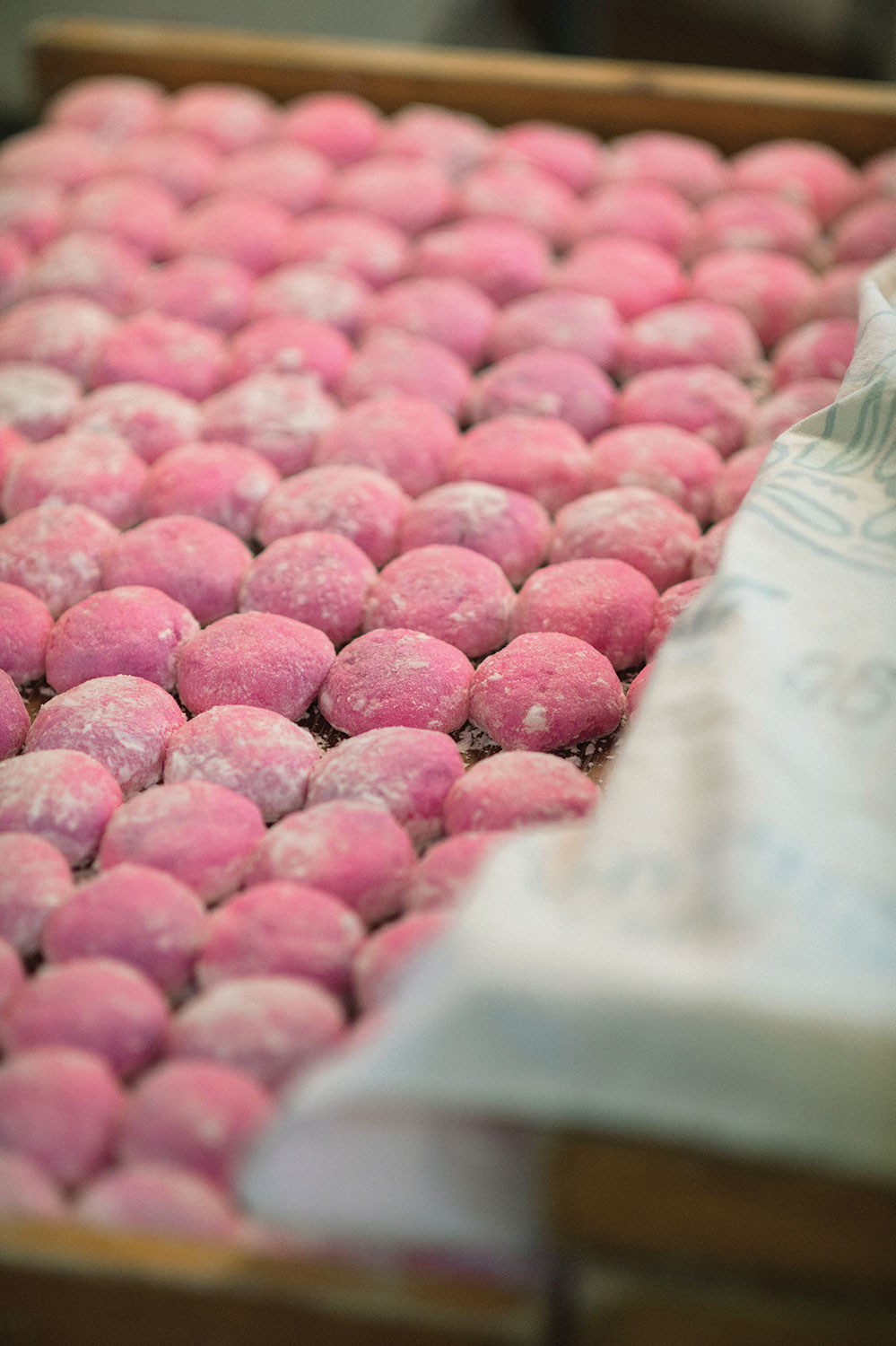
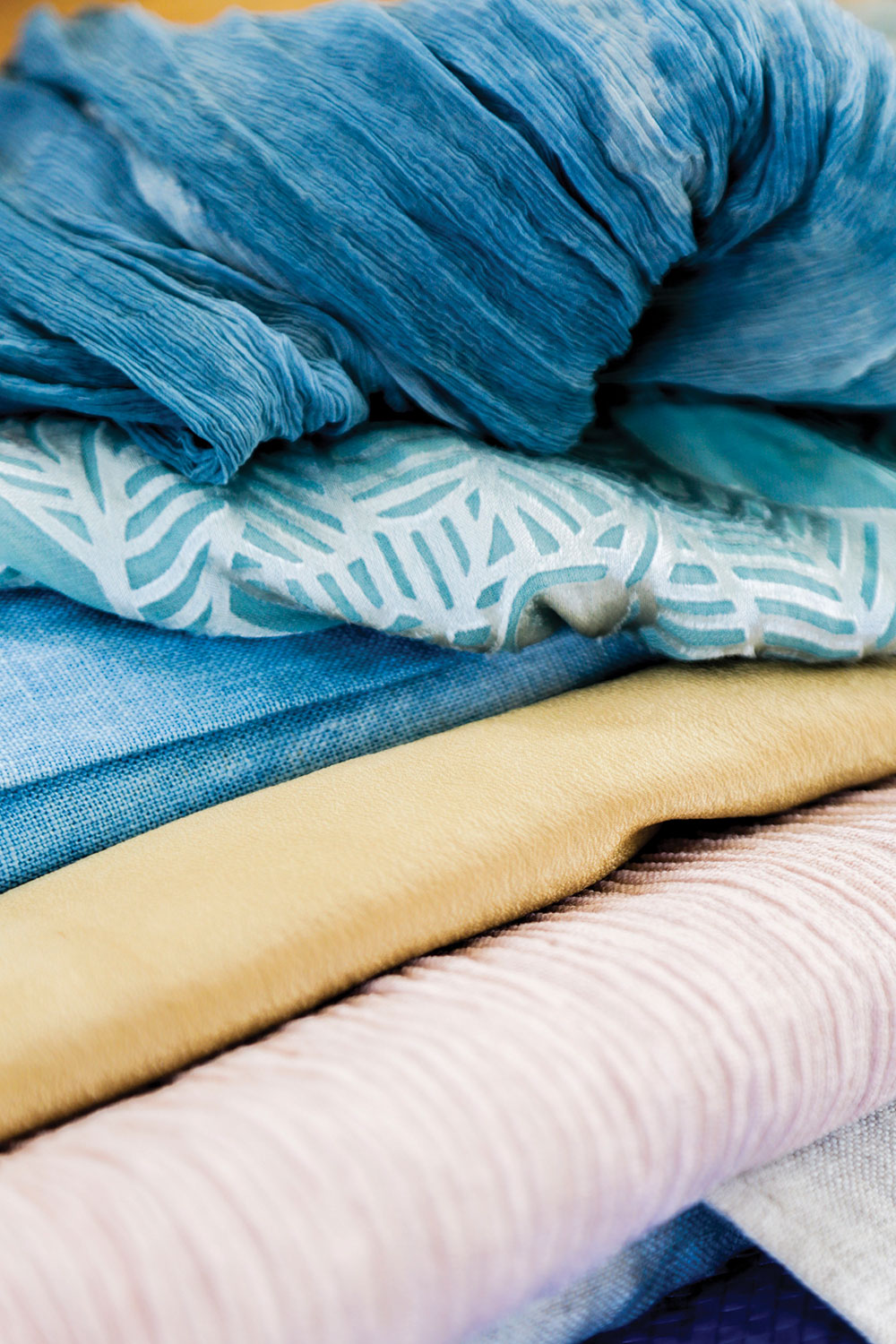
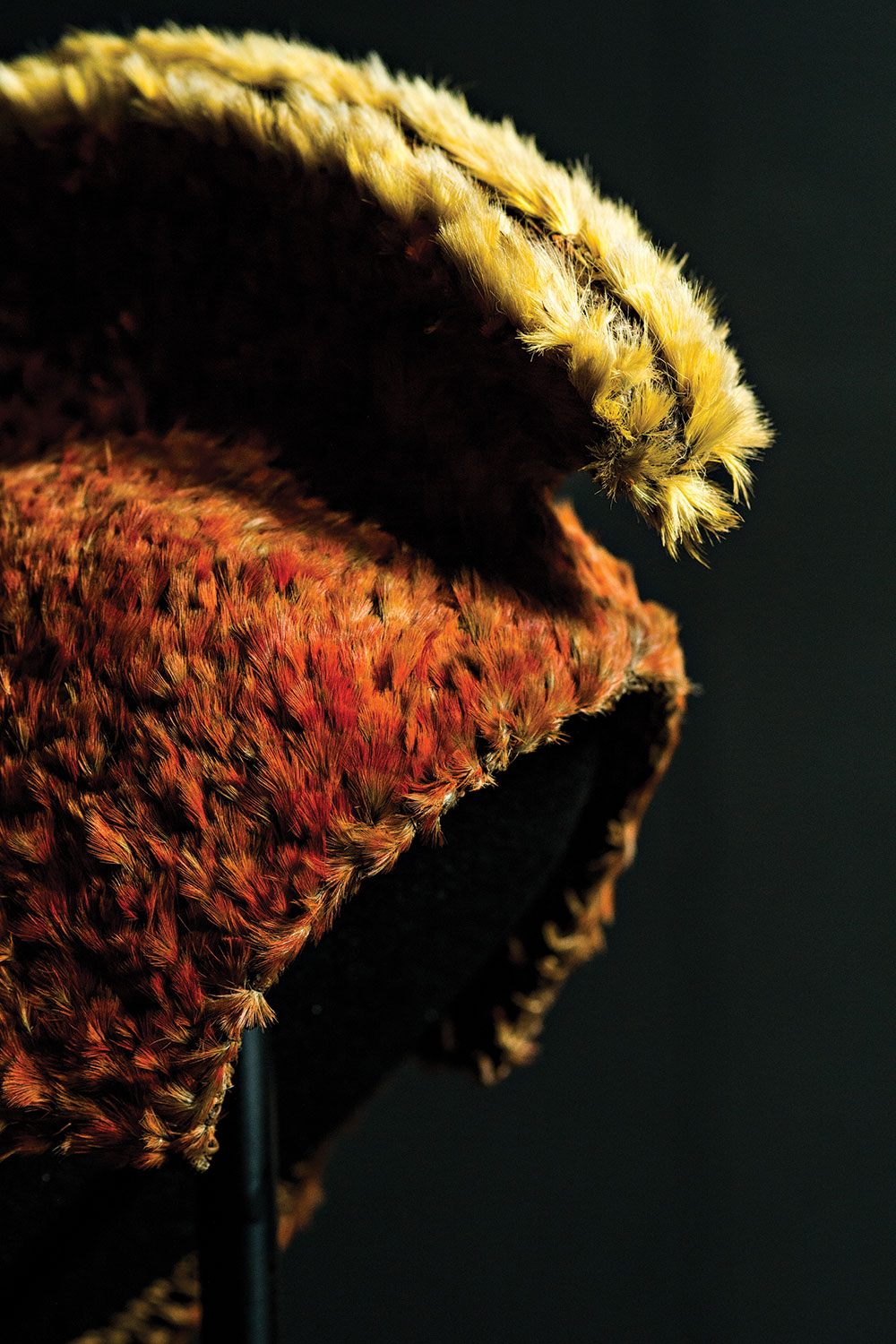
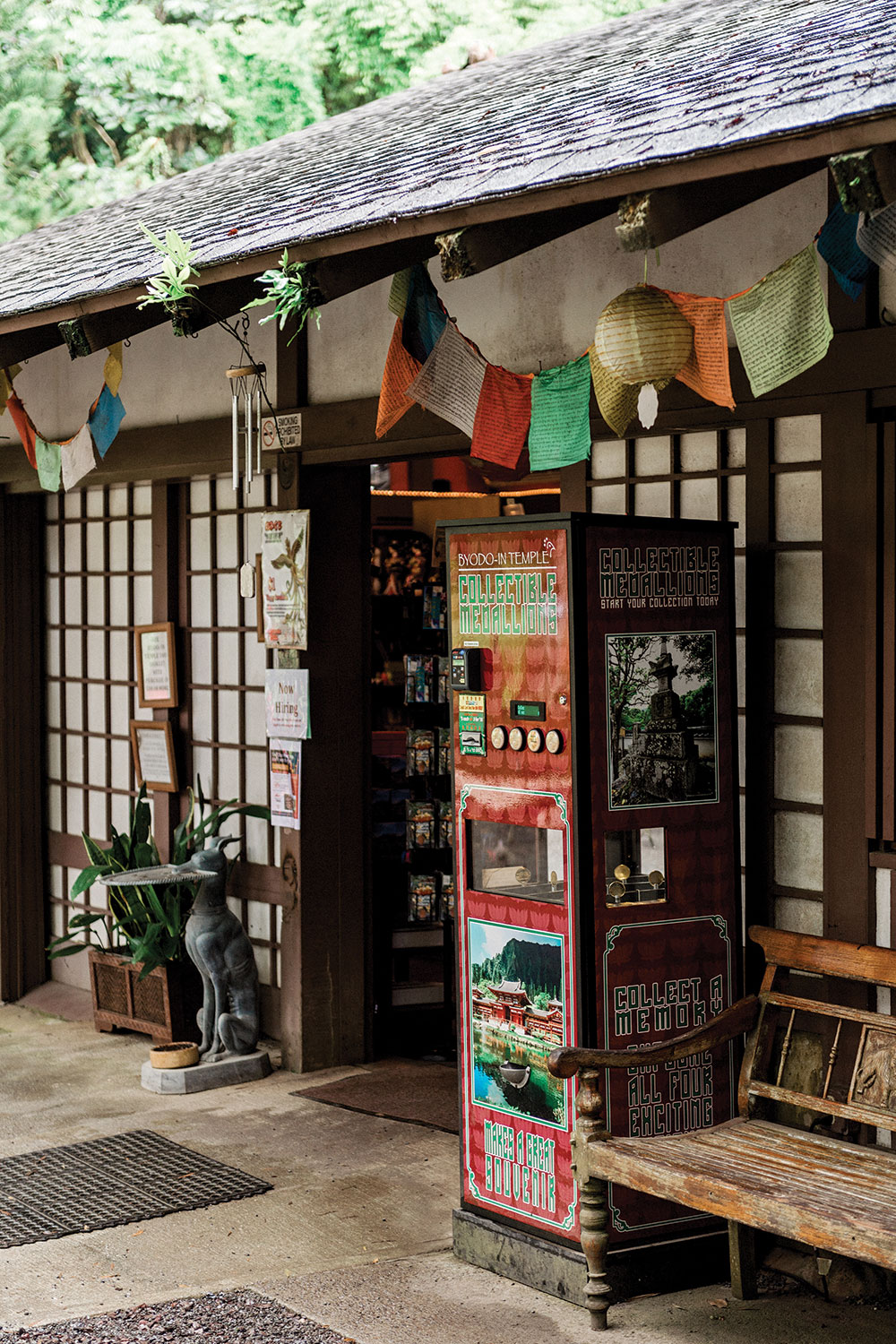
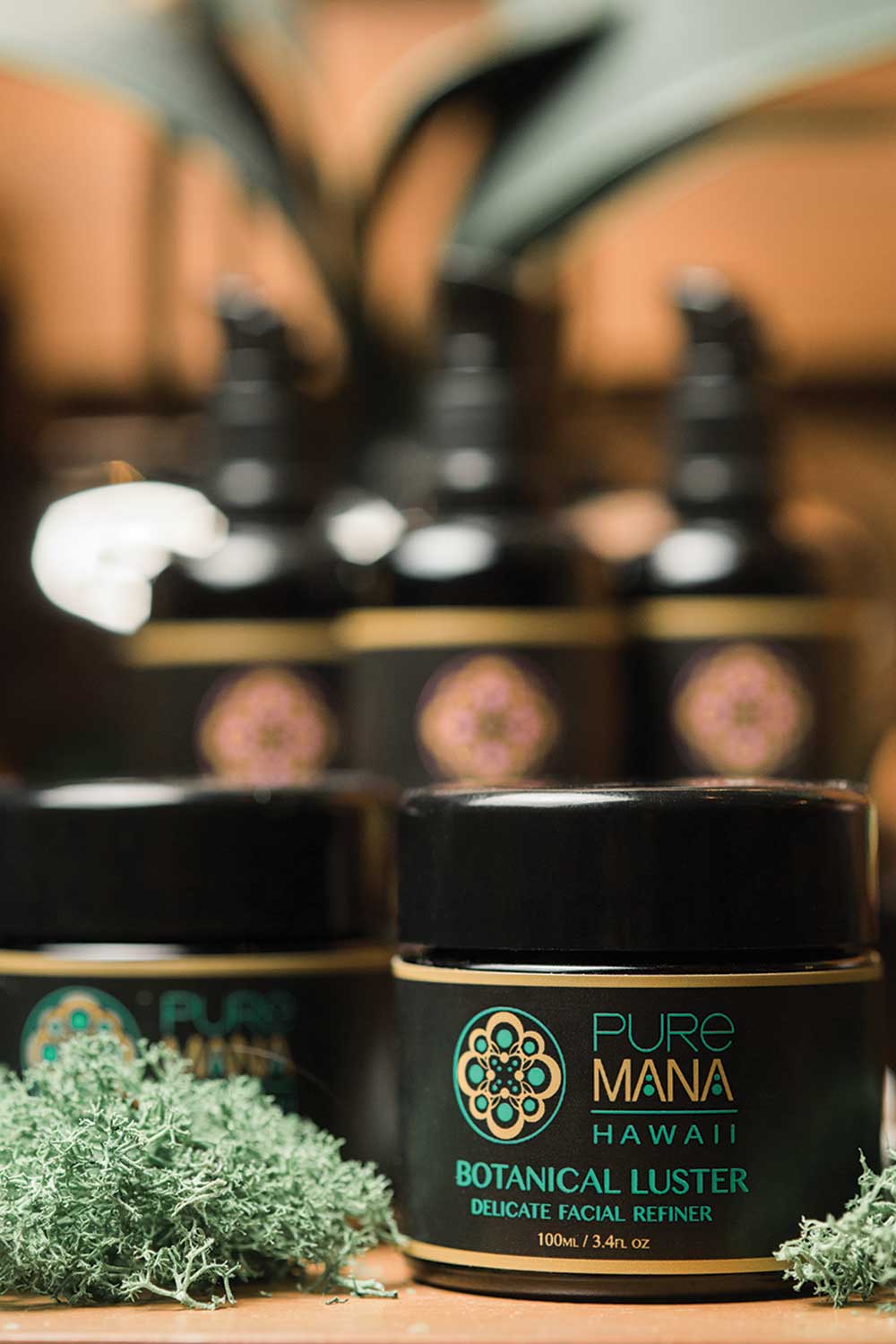

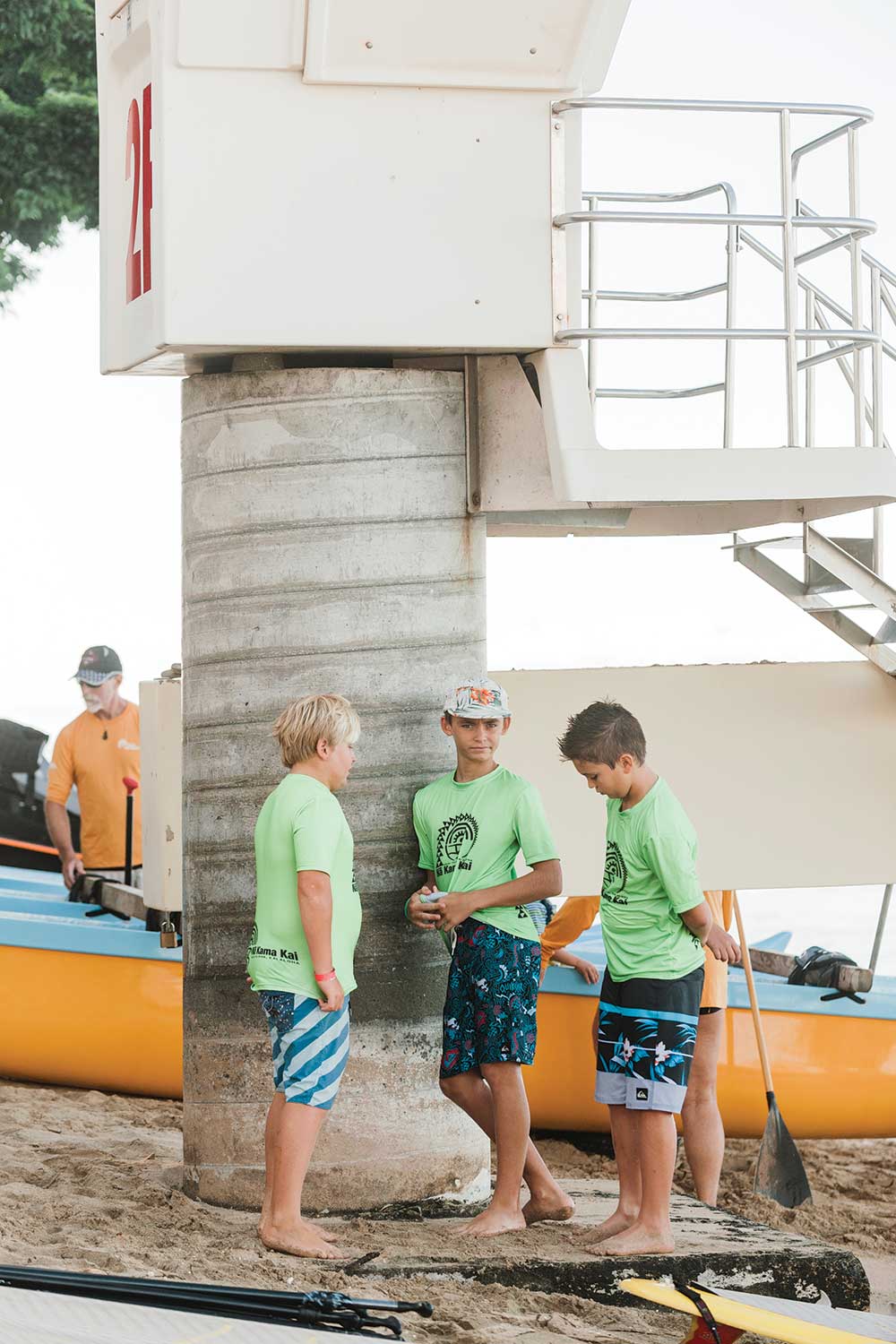
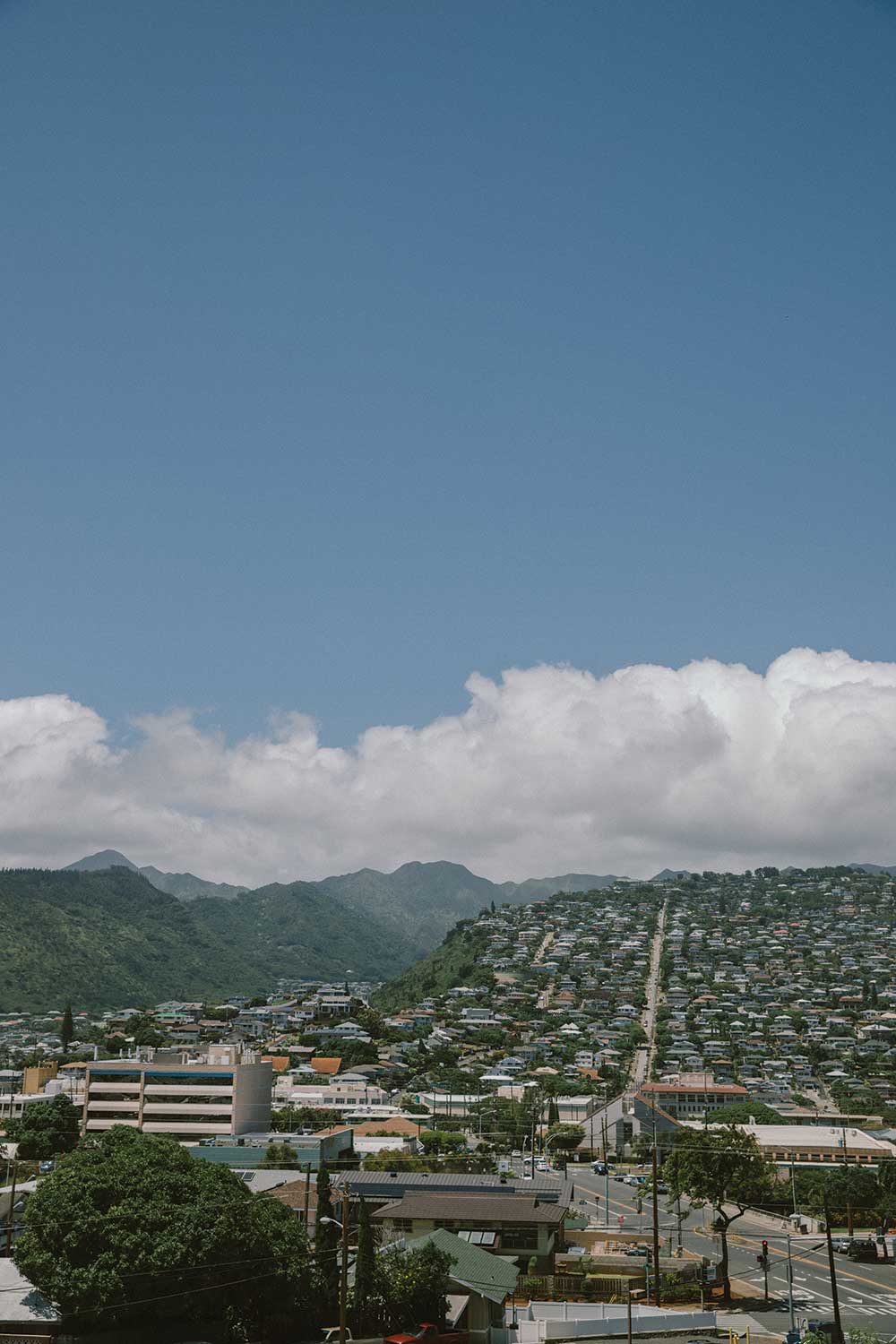

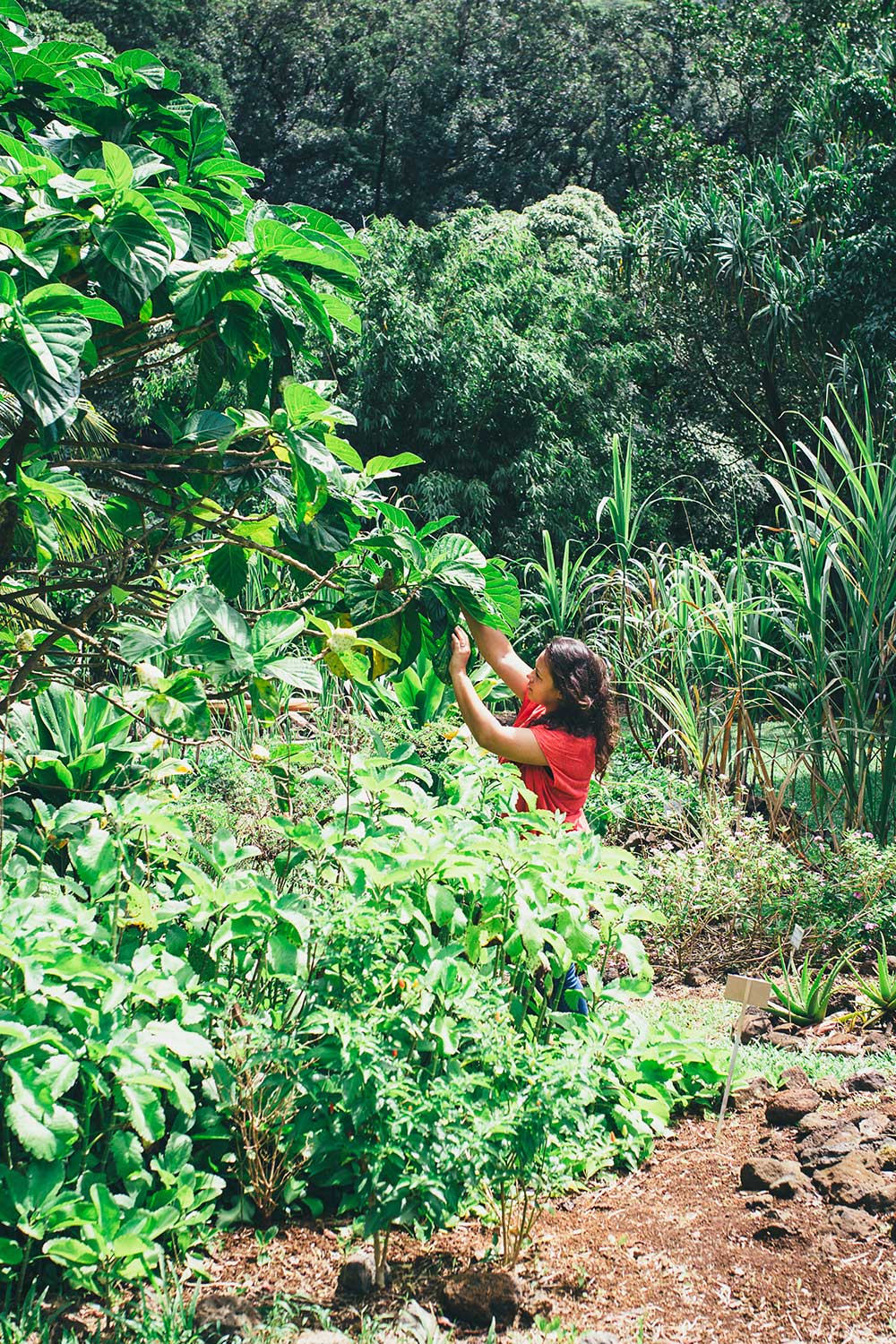

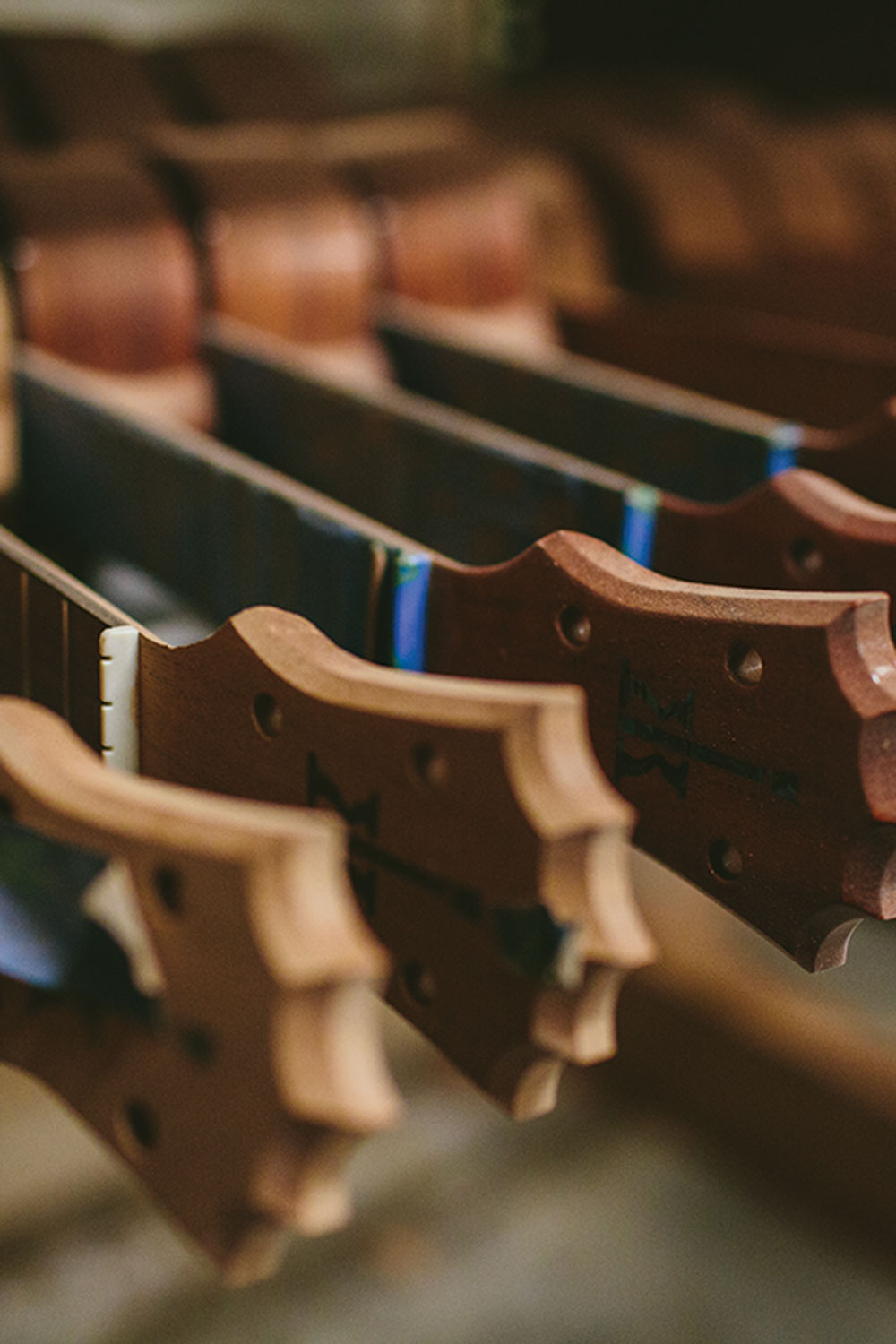
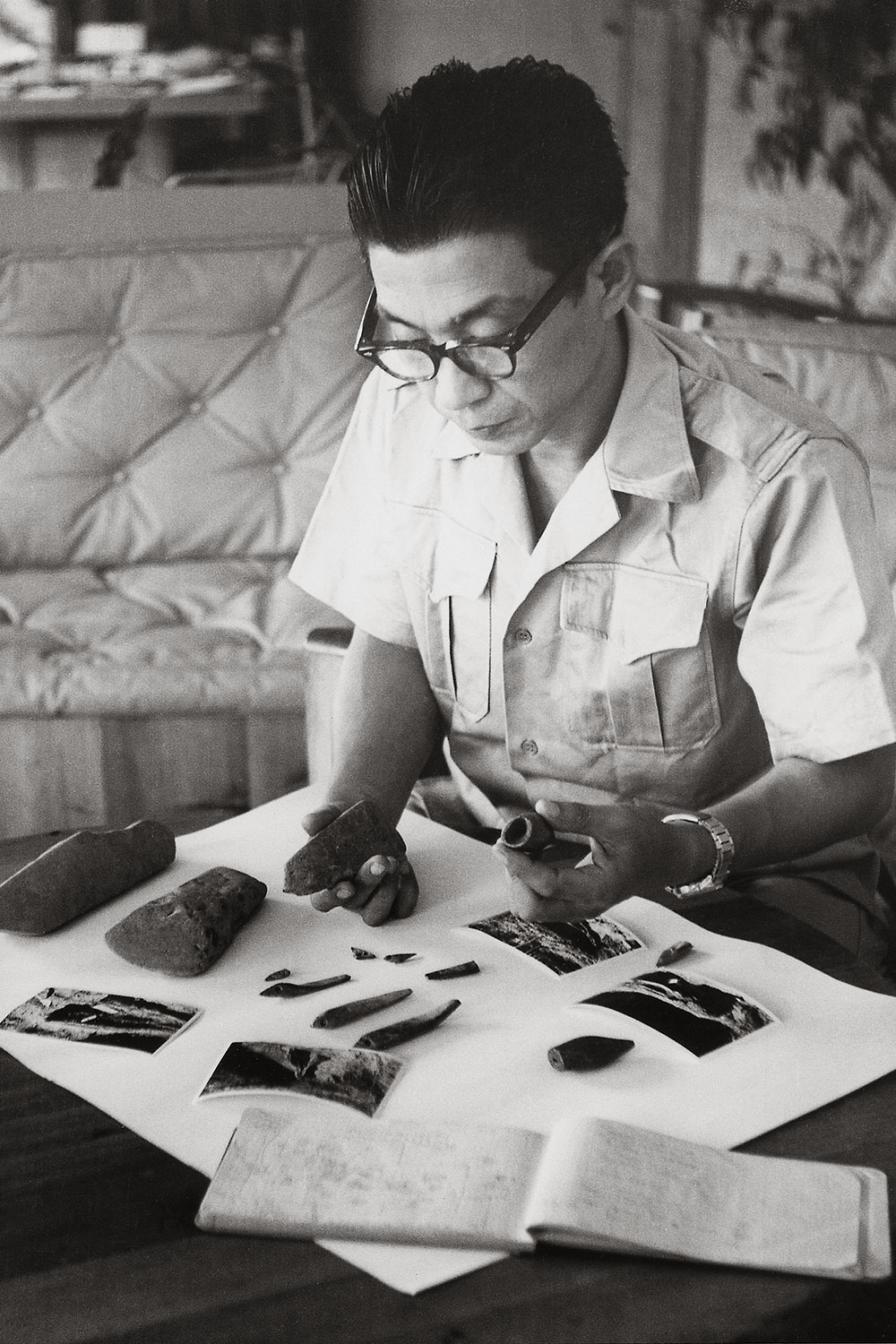
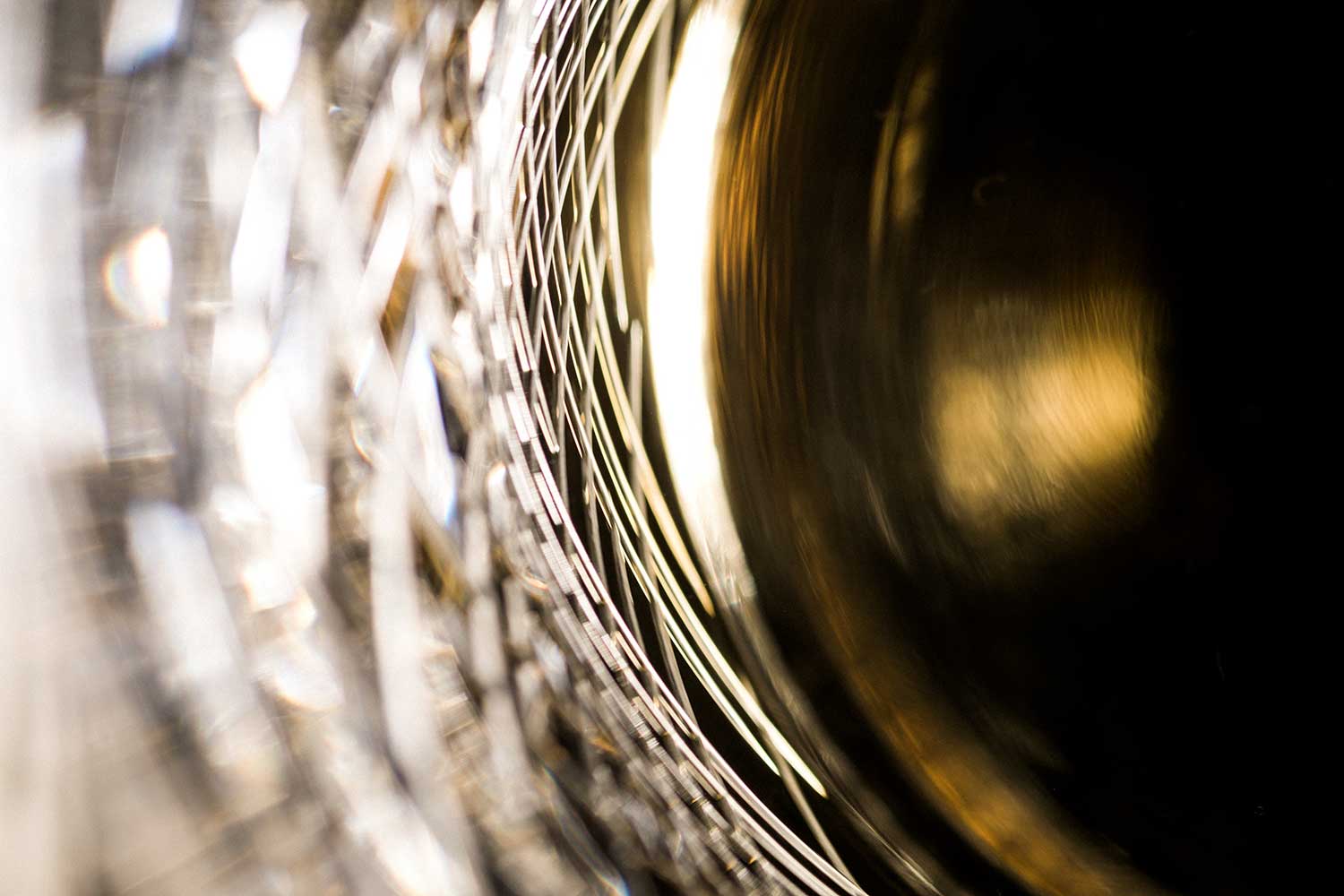










Share: